Street Kitten Rescue: Luke and Leah Were Abandoned in a Park
Share:
Sergey lives in Moscow and in his spare time he does what he can for the stray cats and kittens in his neighborhood.
One day when he was in the park putting out food for the cats he spotted two little kittens all alone.
They were hiding under the benches so he put out some food for them.
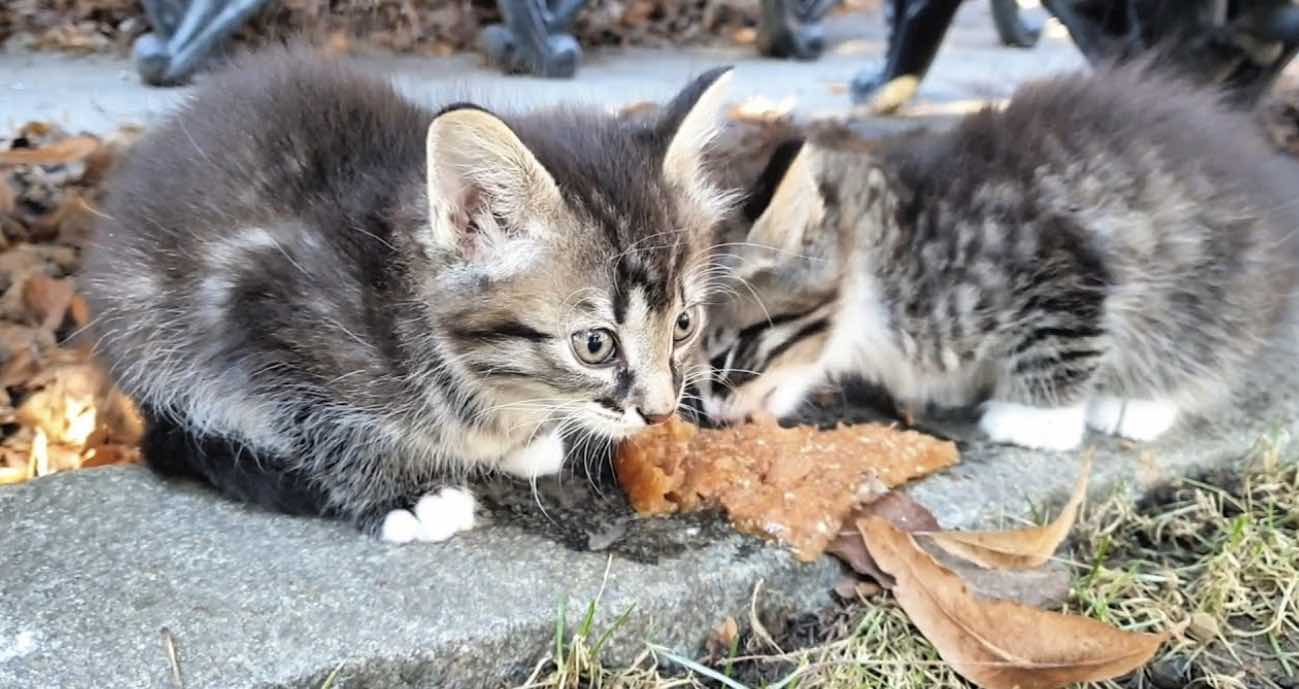
While they were eating he noticed they were both shivering from the cold, also they weren’t afraid of him.
Sergey feels that these kittens were not feral, they were very clean, so some uncaring human must of abandoned them there.

This often happens in Russia, there is over 100,000 stray cats living on the streets of Moscow alone.
After searching to see if there were any other kittens about, Sergey decided to take them home.
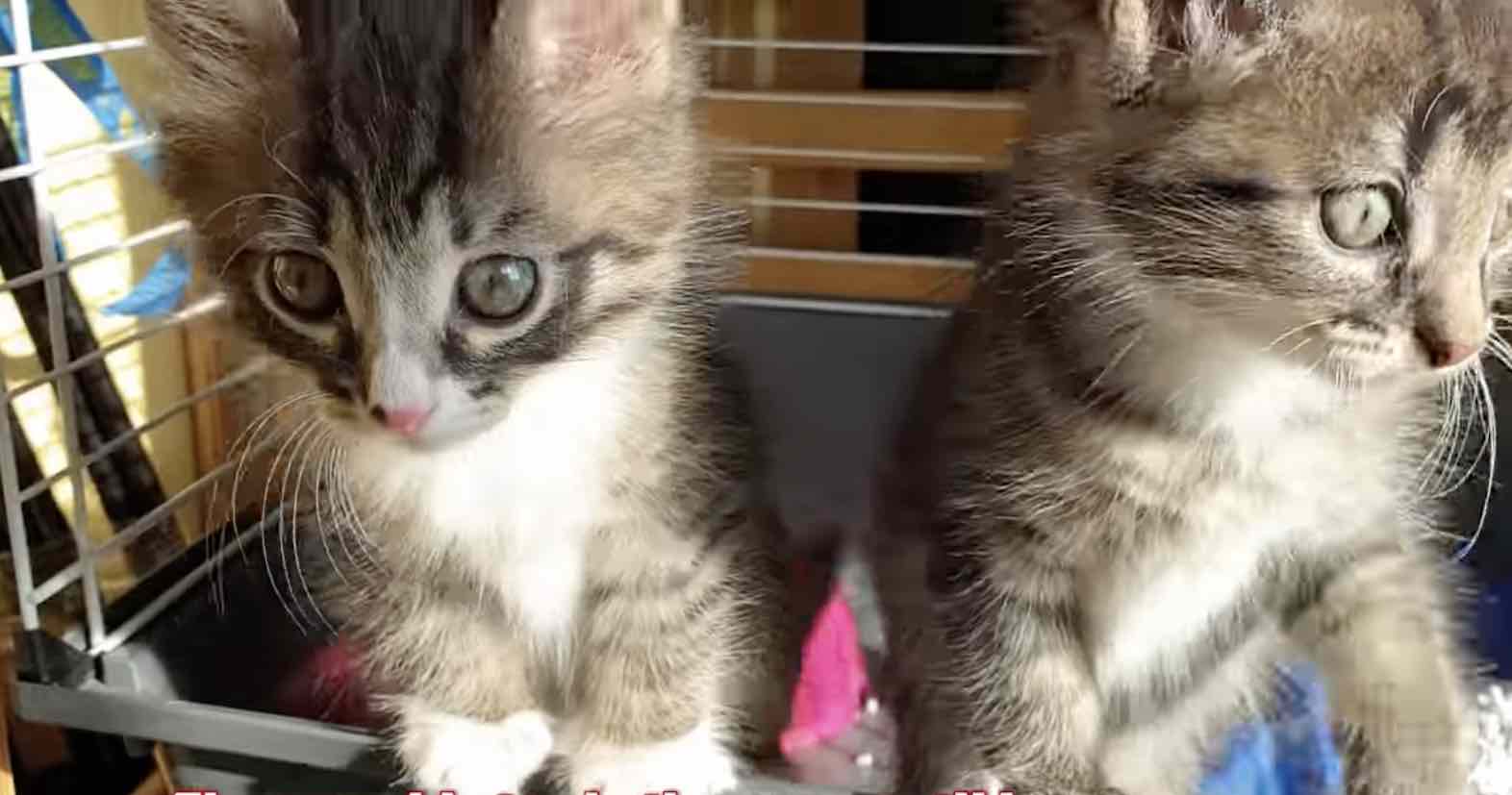
Once home he put the kittens in a cage, they would stay there until he knew they were healthy and capable of using the litter tray.
Sergey must be a Star Wars fan because he named the kittens Luke and Leah.
At first the siblings were very cautious but they soon got to know Sergey and their surroundings.
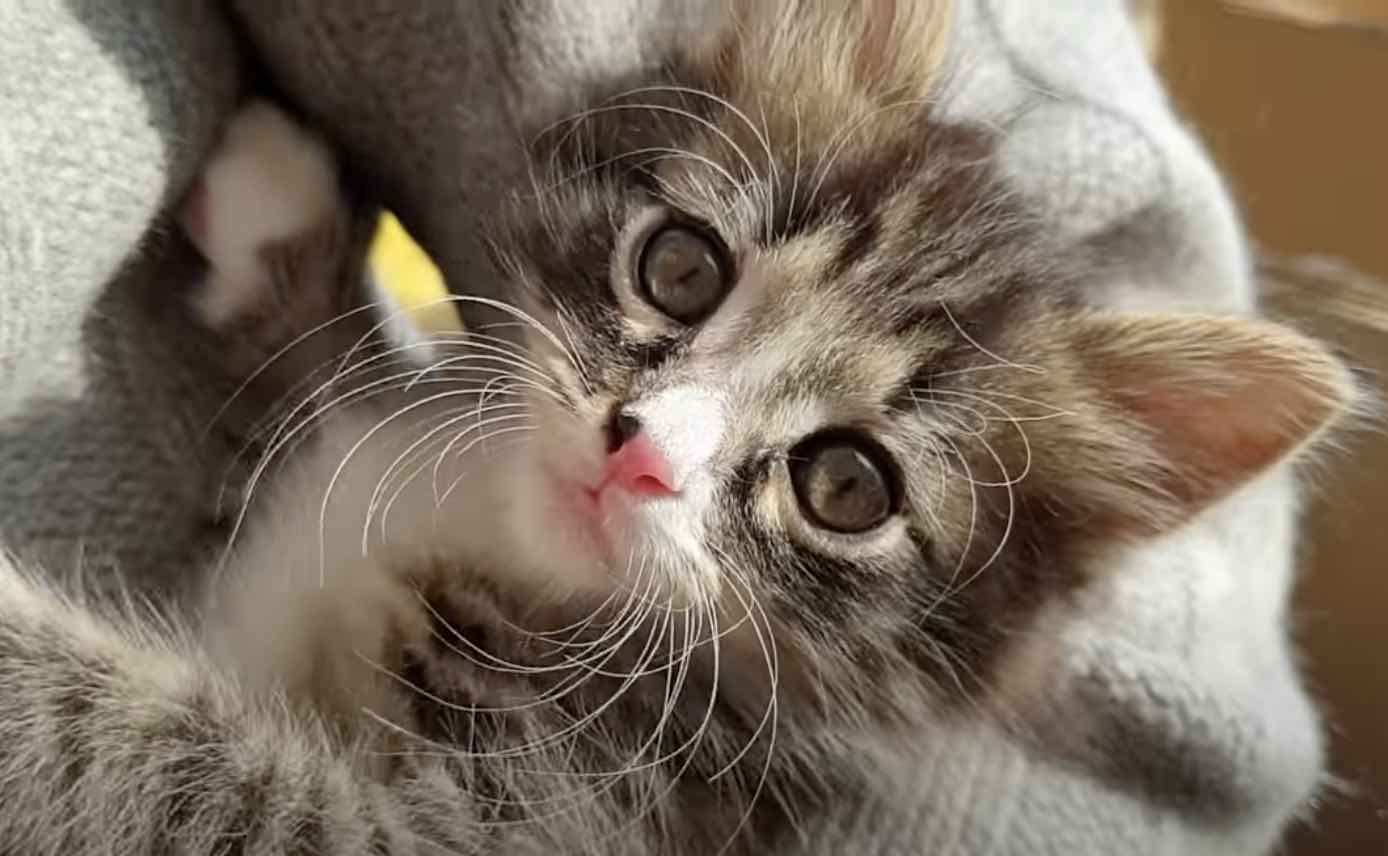
It wasn’t long before he found somebody that wanted to adopt Leah, she was a vet assistant from the local clinic.
This had a profound effect on Luke, he wasn’t used to being alone.
It was so sad to see him flipping out in his cage, so Sergey made sure he got lots of extra love.
It was then time to move Luke out of his cage and into the bathroom, finally he had a large space to play in and explore.
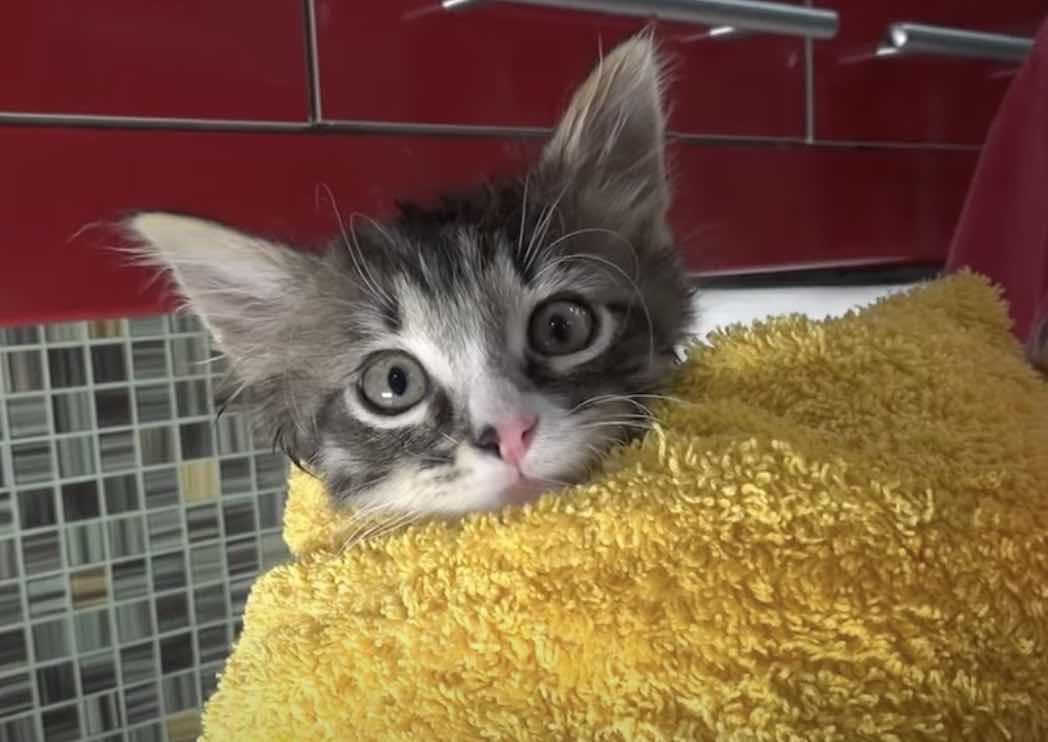
The only downside was the difficulty Sergey had in the morning trying to clean his teeth!
Soon the bathroom became too small for Luke so he was introduced to the rest of the apartment and the other cats that lived there.
Sergey soon found a good home for Luke and it didn’t take him long to become king of the house, the force is definitely strong in that kitty!
Watch the video below:
If you come across feral kittens in a similar situation, here’s some things you need to know to give them the best help and to avoid making their situation any worse.
How To Help Feral Kittens And Ensure They Survive In The Community
Having found abandoned kittens your first instinct is likely to be that they are abandoned feral or community cats.
To be clear, feral or community cats are cats that live outdoors, with no human home to return to and that are most likely not socialized to humans. They are at risk of premature death due to a lack of proper care, and helping them can also help control the feral cat population.
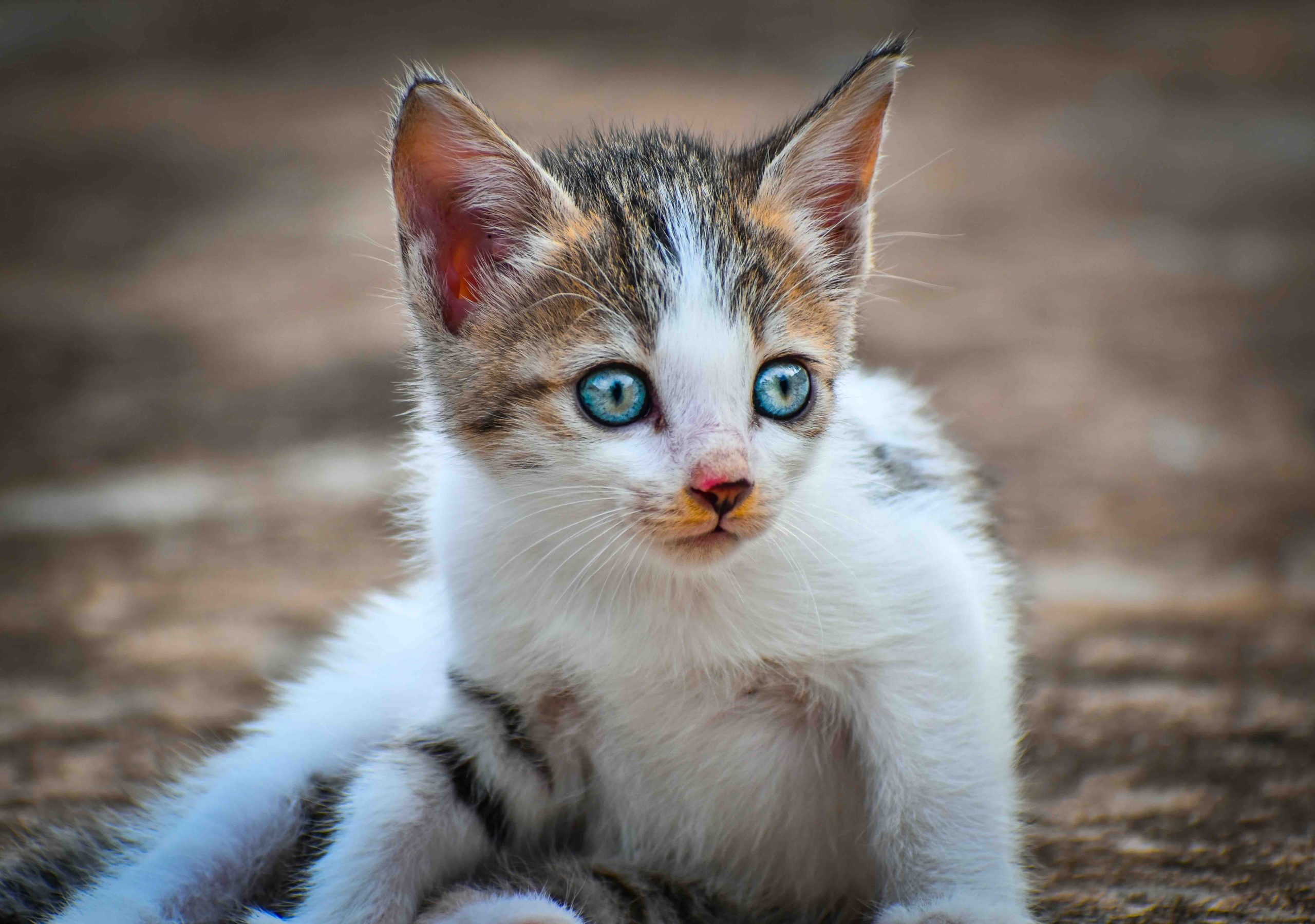
However, it is possible that:
- These kittens haven’t been abandoned and there is a mother nearby that won’t approach when you are there; or
- That they are not feral kittens and have just been recently abandoned by someone who doesn’t want them
In either case, before you take any action, you should get in touch with an expert, preferably a local animal rescue centre who will be better able to judge whether they are best left where they are to be cared for by their mother.
Once you’ve done that you can learn more about how to care for the feral cats and kittens in your community.
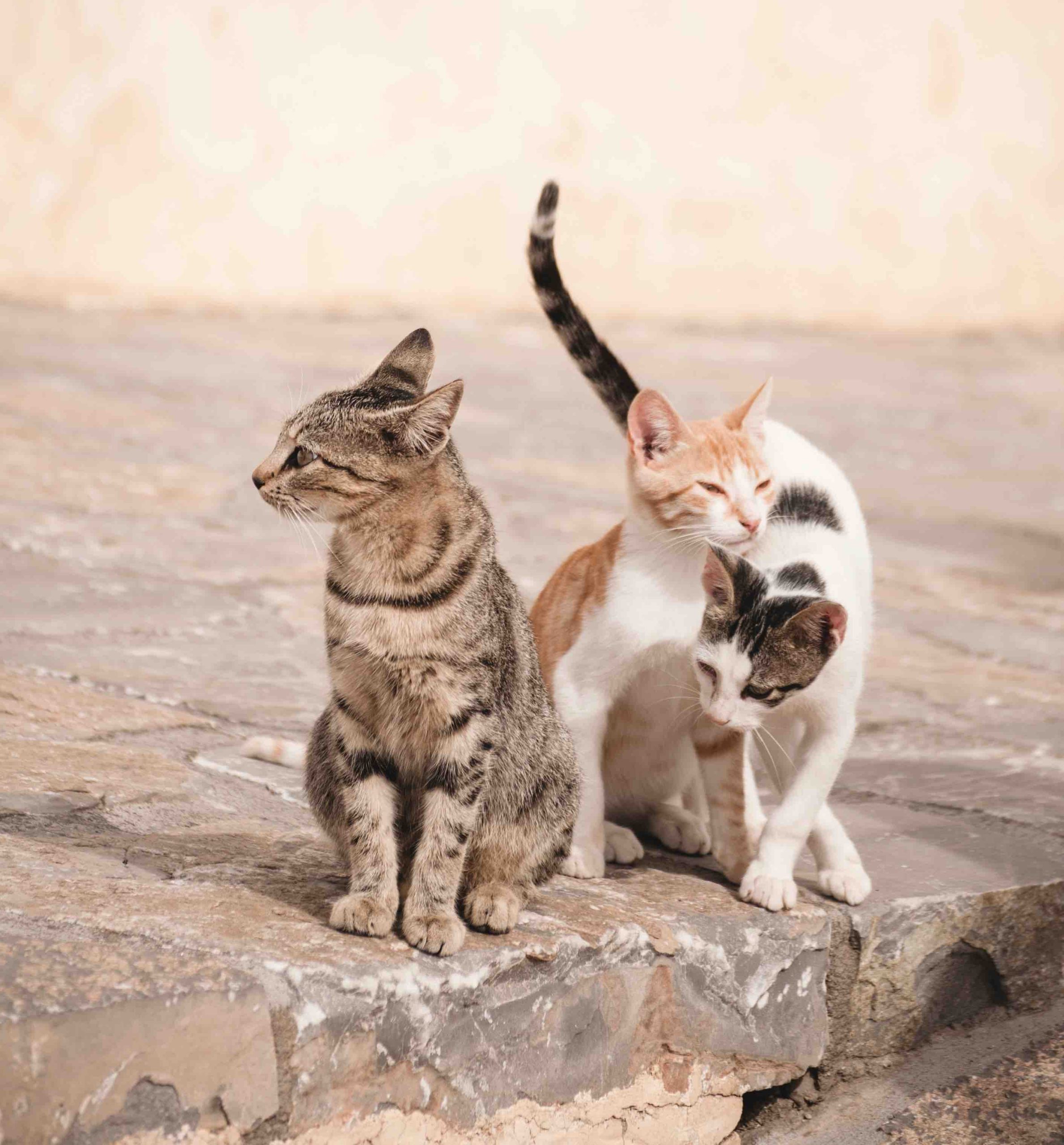
The key to helping feral kittens is to provide them with the necessary care, such as food, shelter, medical attention, socialization.
Feeding Feral Kittens - Do’s and Dont’s
Feeding feral kittens is crucial to their survival, especially if you can’t tell if there is a mother around. It's best to use kitten food and provide a consistent feeding schedule. Avoid feeding them milk or dairy products, as these can cause diarrhea and cats shouldn’t eat them.
It's also very important to provide community cats with consistent food sources over the long term, and this applies especially to young kittens. They will quickly come to expect and rely on your food, so they will quickly become less able to fend for themselves.
In other words, if you start feeding feral kittens, don’t stop!
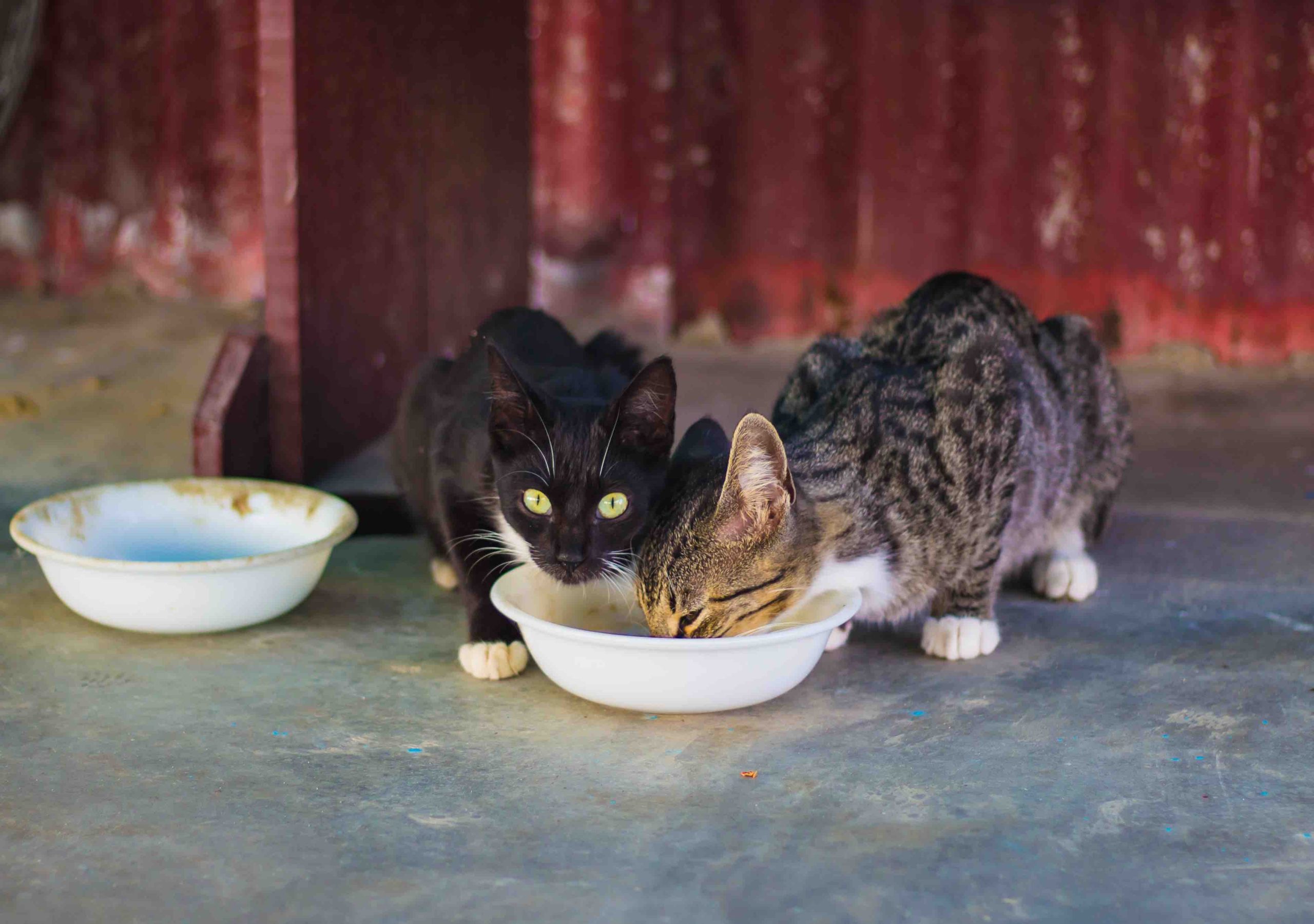
It’s also best to develop a feeding schedule and sticking to it can help to ensure that the kittens have access to food when they need it. Feeding the kittens at the same time each day, in the same location, can also help to establish a routine and make it easier to monitor their health.
Make sure that you choose a safe area to provide their food in a location that is also protected from the elements. This will help to prevent the kittens from being disturbed or attacked by predators and makes sure the food doesn’t get ruined by the weather.
Although feeding feral kittens is very important to their survival, there are risks associated with fit. Leaving food out for extended periods of time may attract other wildlife, such as raccoons or possums, and that can create competition for food and potentially puts the kittens in danger.
In addition, as we’ve already noted, feral kittens that become dependent on humans for food may become less able to fend for themselves in the wild.
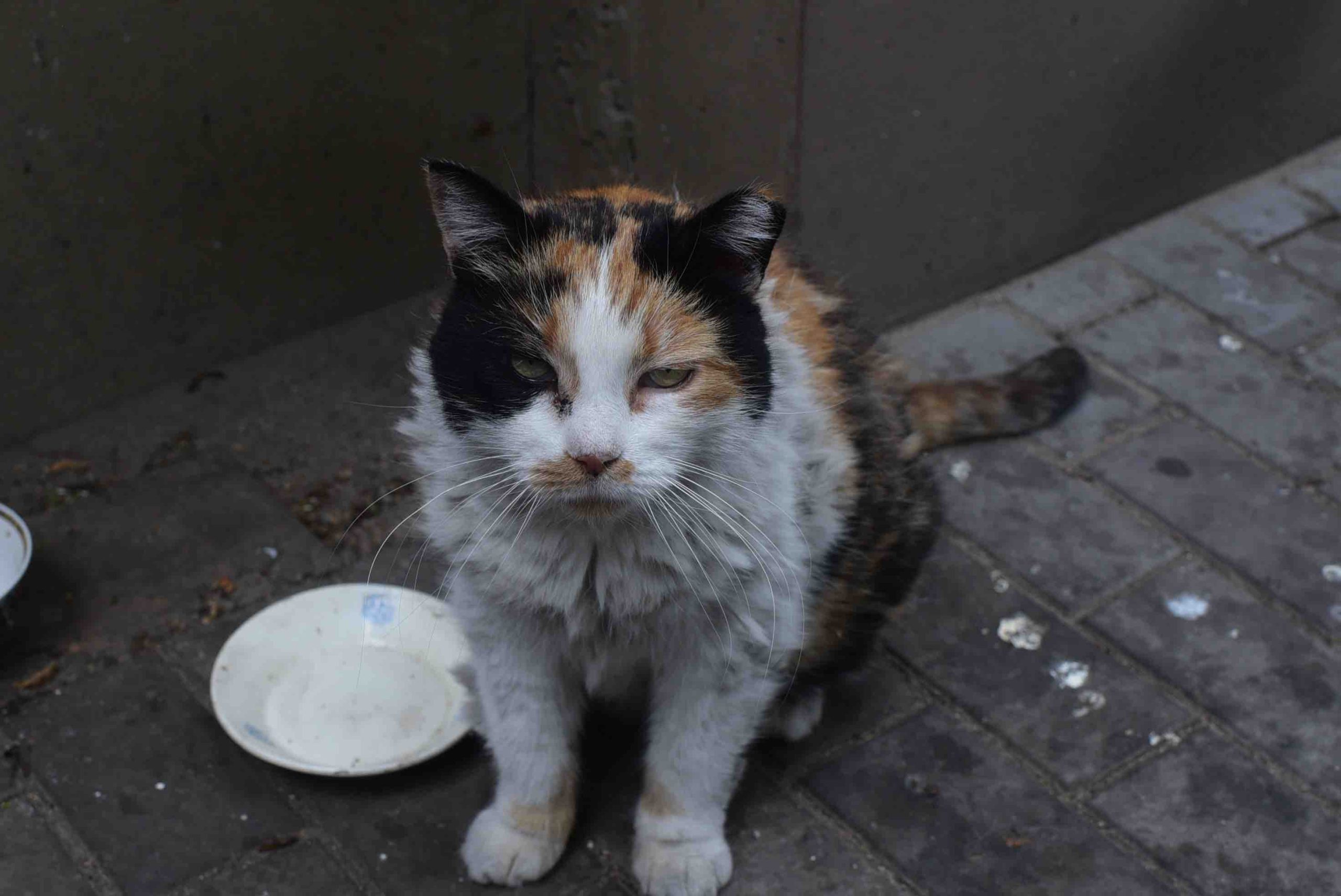
You should do what you can to mitigate these risks, such as only providing as much food as the kittens can consume in one sittingConsider gradually decreasing the amount of food provided over time to encourage the kittens to learn to hunt and forage for their own food, whilst continuing to monitor that they are eating enough.
How To Provide Shelter For Feral Kittens
Kittens living in the community will also be in desperate need of shelter and warmth, especially during harsh weather conditions. You should look to make sure that they have a sturdy and safe option that can protect the kittens from the elements and predators.
Immediate shelter options include repurposing items that are commonly found around the house, such as sturdy cardboard boxes or plastic containers. You can line them with blankets or straw, this will provide insulation and warmth. However, these types of shelters may need to be replaced over time, but you can cover cardboard boxes with some form of plastic to help keep the rain out.
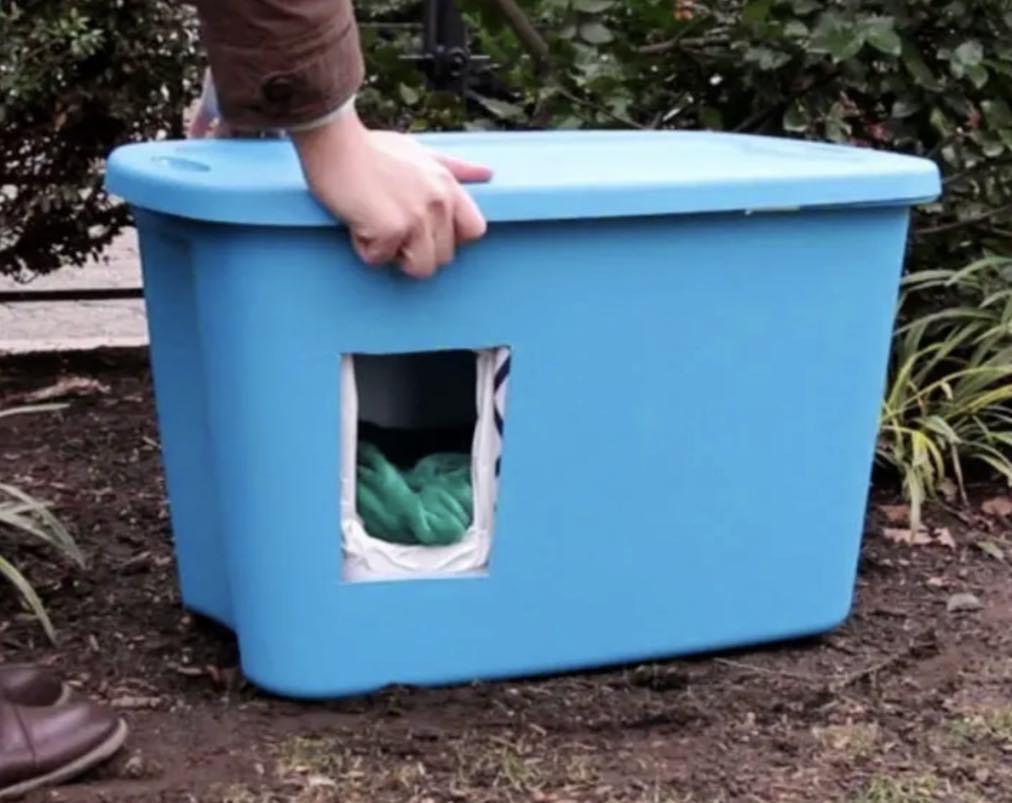
More permanent options that can withstand different weather conditions would be wooden shelters or insulated plastic containers. These can also be further modified to include features such as elevated floors, insulation, and weatherproofing to provide added protection and comfort for the kittens.
Shelters should be placed in secure locations that are protected from predators, such as in dense brush or behind buildings. Under a building overhang will also provide more weather protection. Ensure that the shelter is large enough to accommodate multiple kittens and has proper ventilation to prevent moisture buildup and mold growth.
There’s great debate about whether there should be one or two exits in any shelter in case a predator gets in and corners a cat or kitten. We come down on the side of having a safe exit as well as the entrance.
Socializing Kittens - That’s A Maybe…
Socializing feral kittens can help make them become adoptable and comfortable around humans. However, it might also not be the right thing (or too much might not be the right thing), especially if they are likely to stay as community cats for the long term.
So it's important to consider each cat's unique situation before attempting to socialize them.
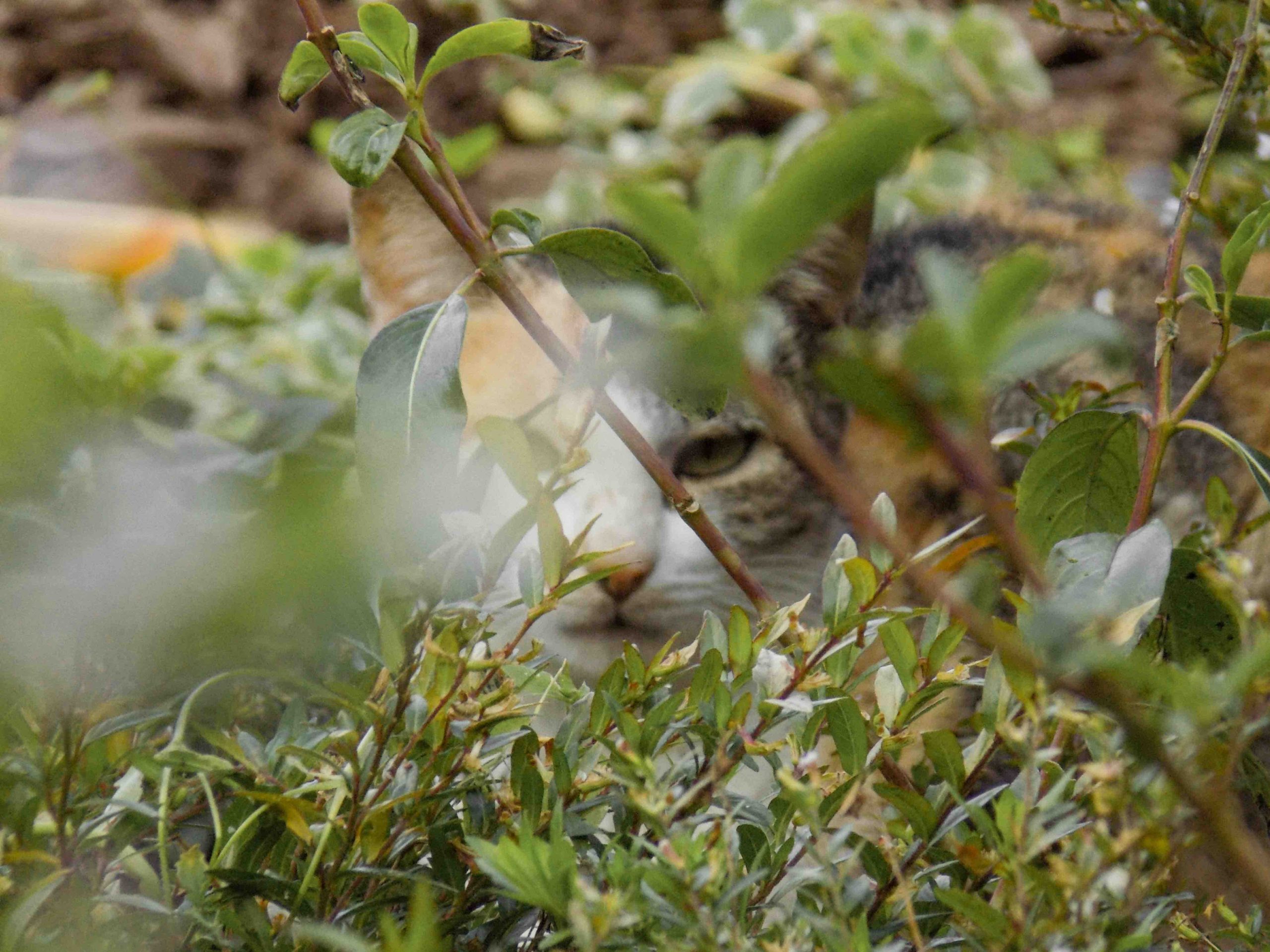
Socialization will generally happen by gradually exposing kittens to human interaction and touch. This can start by sitting near the kittens while they eat to get them accustomed to human presence. Playing with the cats with something for them to chase (a safe string or twig) and offering them appropriate treats to encourage interaction and touch can also help.
As the kittens become more comfortable, physical contact such as petting and holding can be gradually increased.
This level of socialization is normally a good thing for all community cats as it helps humans being able to feed them and check them over for health concerns where being held is really helpful.
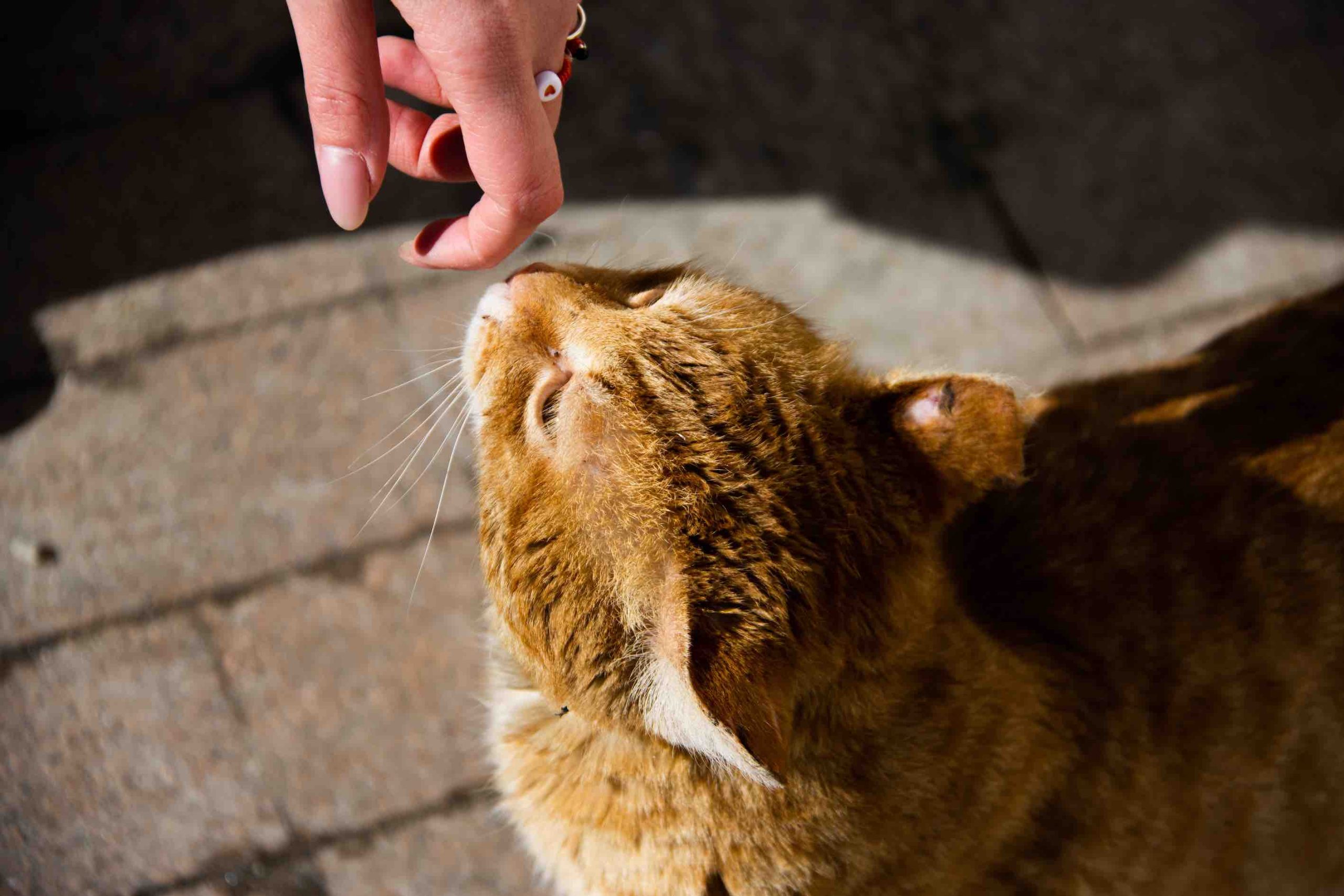
However, if there is no prospect of the feral kitten or cat heading into a shelter for adoption then keeping a level of distance so that the cat remains wary of humans can also be key to them surviving on their wits.
It’s also the case that not all feral kittens and cats are good candidates for socialization. Some may be too old or have had limited exposure to humans, making socialization difficult or even impossible.
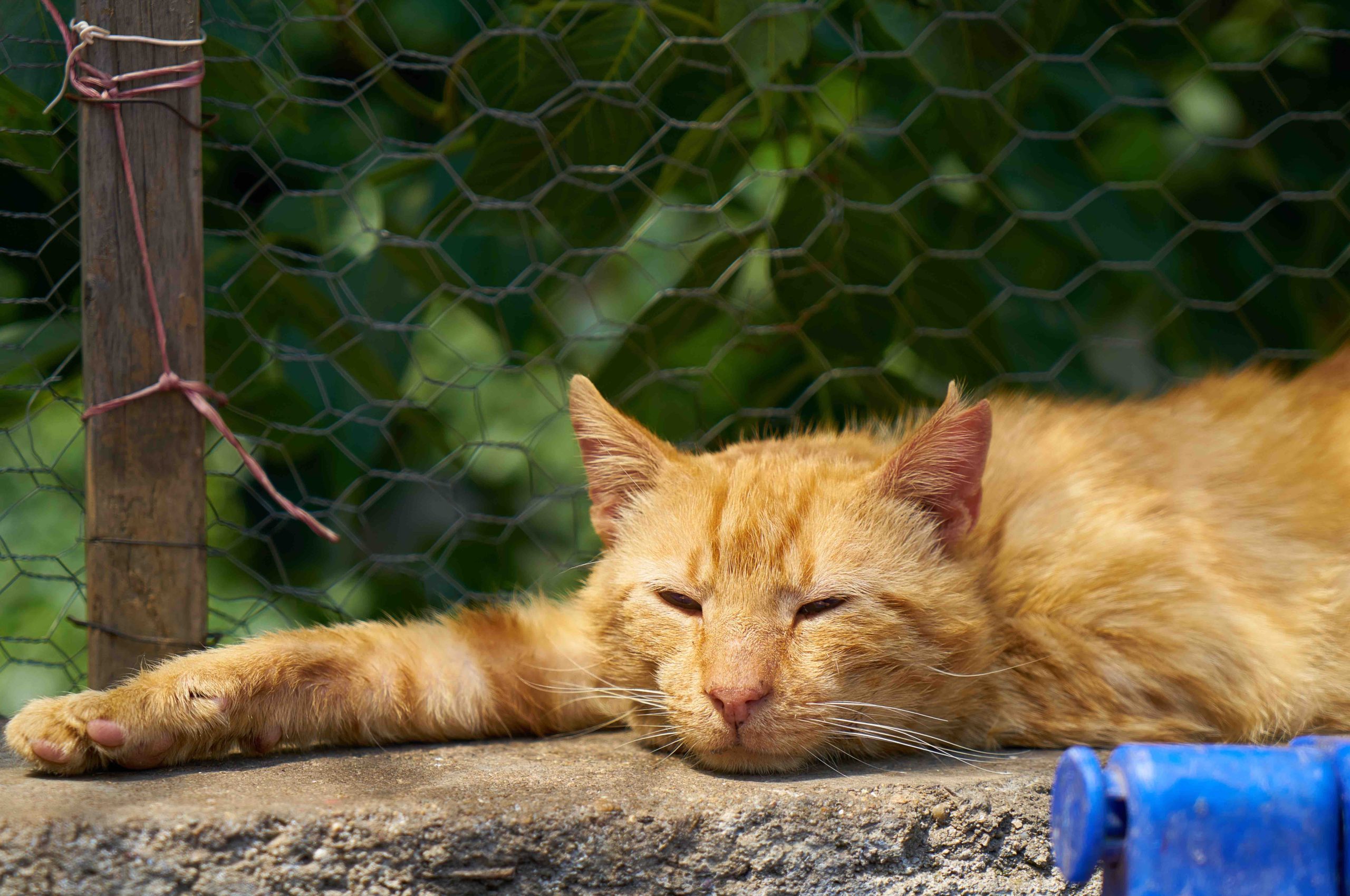
Additionally, some kittens that are used to living in the wild in outdoor colonies, may not thrive in a domesticated environment. It's best to leave them where they are, but help them as much as you can, as in providing food, water, and shelter, this can help to control the feral cat population (as long as they are neutered as per below) and ensure the kittens grow up in a safe and healthy environment.
So, consider the individual cat's temperament and situation before attempting to socialize them. Socialization can take time and patience, and it may not be the best option for every feral kitten.
Trap-Neuter-Return (TNR): The BEST For Feral Kittens
Perhaps the very best thing that you can do for feral cats and kittens is getting them neutered so that there are fewer feral kittens to care for in the long run.
Trap-Neuter-Return (TNR) is a wonderful way to manage the feral cat population by trapping, neutering or spaying, and returning cats to their community. There are TNR programs running all over the world, they help identify feral cat colonies in the community and can provide cats with medical care as well as neutering. And with enough donations from cat lovers they can also provide vaccinations and medical care, which of course can help reduce the spread of diseases.
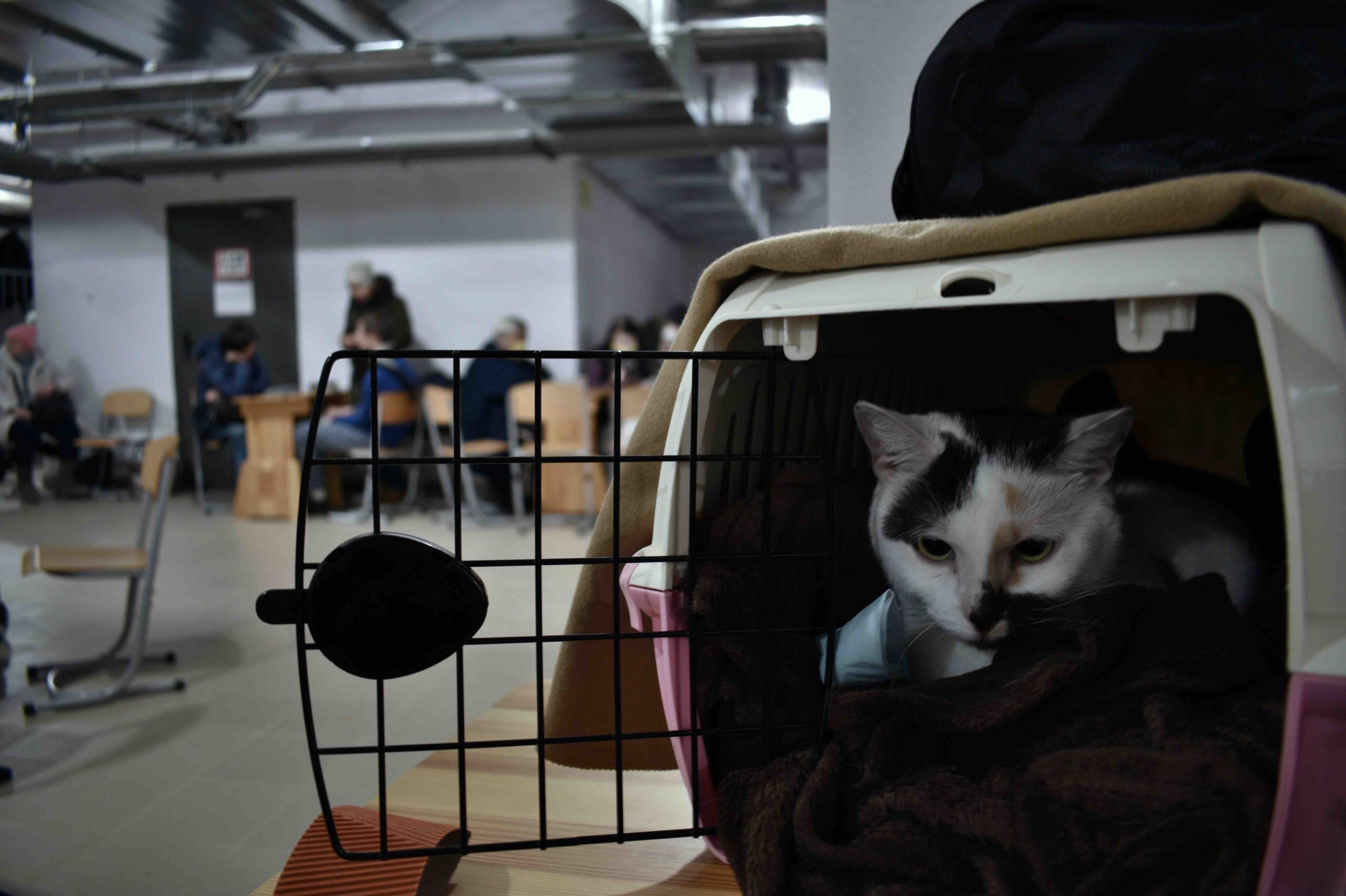
If you would like to be a volunteer in TNR programs, the first step is to find your nearest TNR program. Then you can let them know about any feral cat colonies you have found in your area. You'll be able to help them set up humane traps to capture the cats. After a visit to the vets and the cats have recovered from surgery, they can be returned to their colony.
It's a great way to control the population of feral cats and stop them from reproducing and adding to the feral cat population. There are so many unwanted cats that will sadly be euthanized due to no fault of their own - all TNR programs hope to reduce these numbers.
TNR programs are usually set up and run by animal welfare organizations, rescue groups, local shelters, or sometimes, local government agencies. To find TNR programs in your area, start by contacting local animal shelters or rescue groups. They will be able to provide information about local TNR programs in or may even run a program themselves. You can also search online for TNR programs in your area or contact your local animal control department.
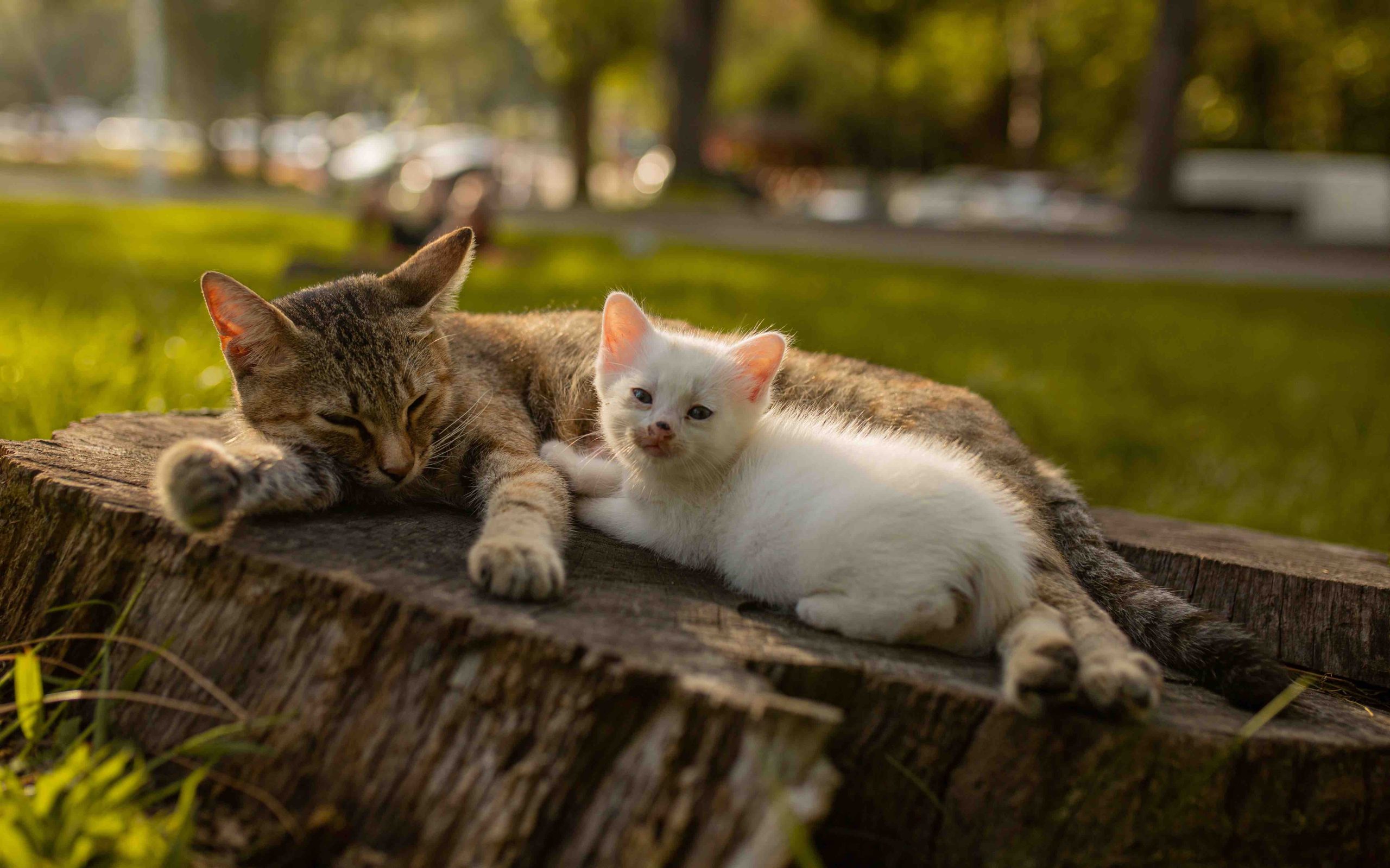
You’ll usually know if a cat has been neutered as part of a TNR program as many humanely clip a top corner of one ear, as this helps them identify cats they have previously neutered and prevents the need to capture them again to check.
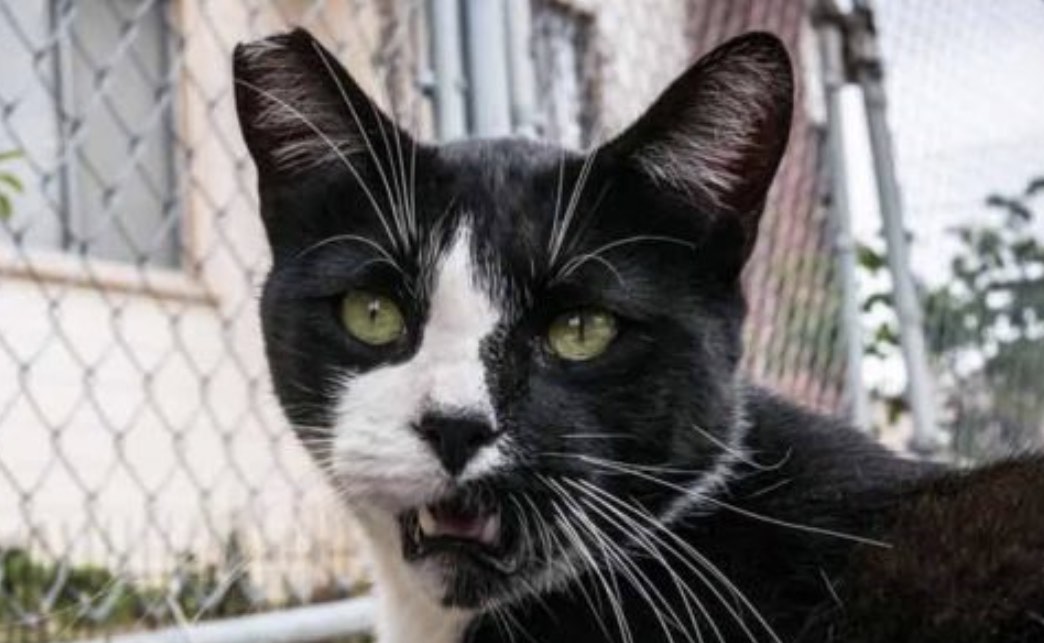
Do Your Bit!
Helping feral kittens benefits both cats and the community. By working with a TNR program, providing proper food, care, shelter, and socialization, any and all of us can make a positive impact on the lives of feral kittens. It's important to work together as a community to improve the lives of feral cats and promote their well-being.
Just be sure that any kittens you think may need help are actually in need before removing them from where you find them.
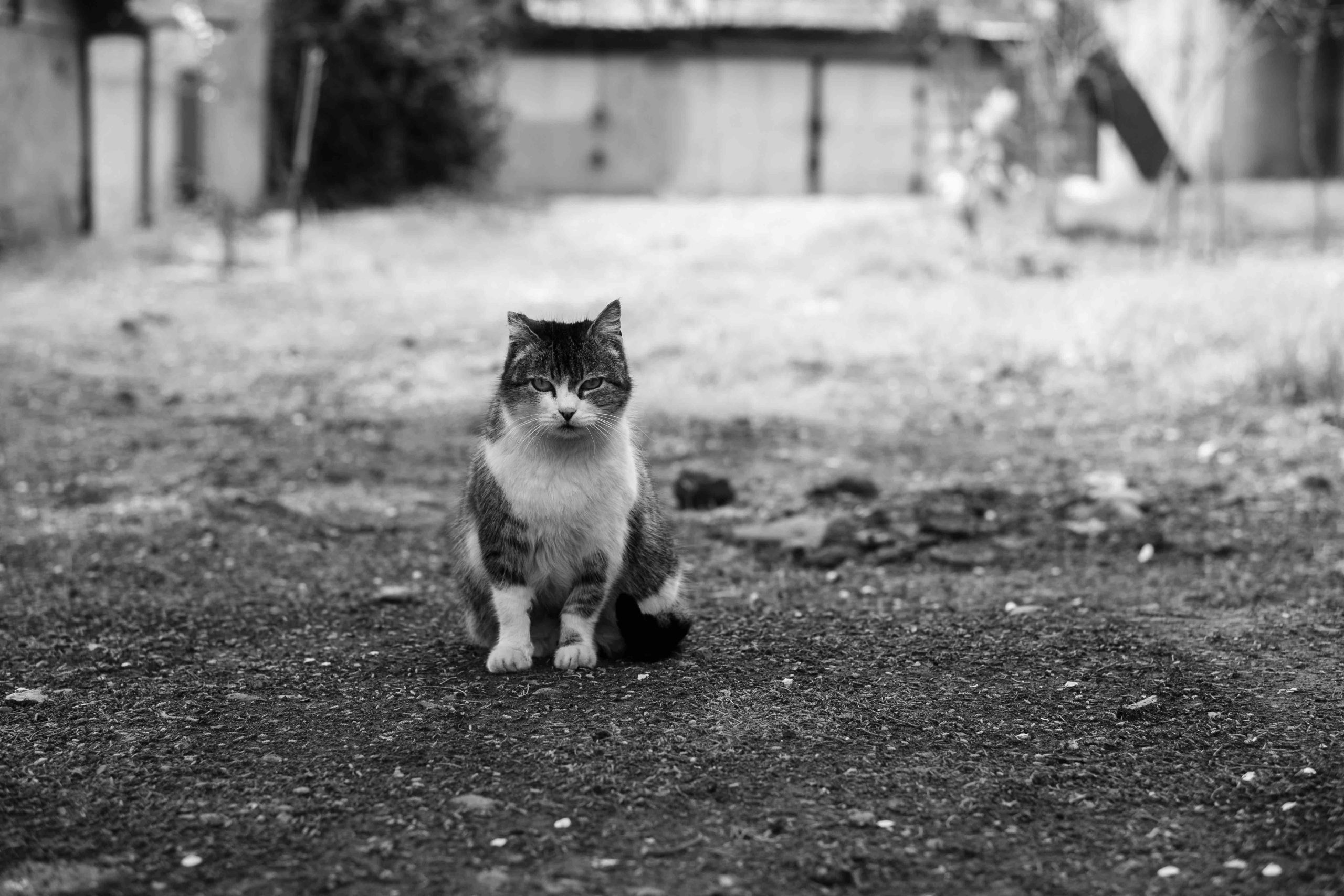
Related post: 18 Wholesome Photos of Rescued Cats and Kittens
More from We Love Cats and Kittens:
If you liked this, then please share our story:
And while you're at it, leave a comment and tell us what you thought!
You May Also Like...

